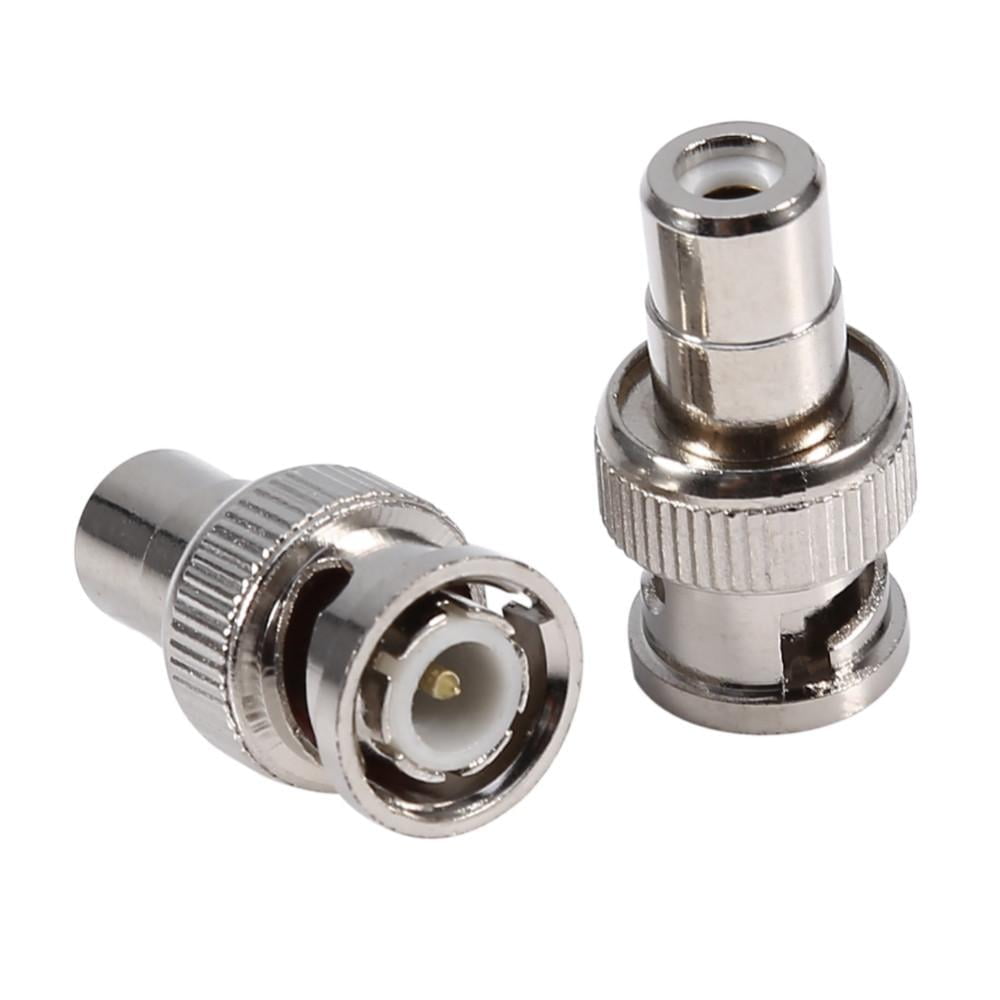
So, where are the measurements?Īre they aware that the S/PDIF interface has a defined jitter margin? If I am remembering correctly, it is +/- 20 nanoseconds for 1 Fs (44.1 kHz/48 kHz) transmission, which is what the vast majority send over S/PDIF interfaces. They claim that the jitter level will be increased, so where is the proof? They should be able to measure the change in jitter level at the S/PDIF receiver input as a function of cable length. What is the magnitude of the reflected signal relative to the signal at the S/PDIF transmitter? How many reflections accumulate that can be considered to cause self-interference? Where is the mathematics describing what is happening? Where is the modeling of the behavior to show the expected result as a function of cable length? Where are the physical measurements? Where are the references to external, peer-reviewed journals? Here is a good example:Ĭlick to expand.That PF article is nothing but scary-sounding nonsense. You can tell very easily by looking at them the quasi 75 Ohm version has less plastic.

I saw this on a Mark Levinson DAC many years ago and it gave me a laugh. Now what is really interesting is that consumer audio (and video) equipment exists with BNC connections using 50 Ohm panel jacks. The result is pretty good but the freq response is better for the 50 Ohm connector mated to 50 Ohm cable. The 75 Ohm BNC is really a kludge job as they have to hollow out the insulator in the connector to try to get to 75 Ohms. I know that there are "75 Ohm" BNCs, but this connector was designed as a 50 Ohm connector back in the 50s and is the standard connection for lots of measuring equipment like oscilloscopes. I use these connectors for my video cables.įYI. I would be happen to supply you more info on the subject from a couple well know, well respected, EEs that also have a background on the subject that frequent the Audiogon Forum.įor this application you are right, it really should not make a difference as long as the connectors are good quality.Ĭanare tried to make a true 75 Ohm RCA and did a pretty good job of it as the freq response is quite high for a RCA. The transmission-line components (excluding the driver, receiver and terminations) include: If these terminations are both set to 75 ohms, then ideally the signal will propagate from the Transport to the DAC and no reflections will occur on the transmission-line that connects the Transport to the DAC, assuming that all components of the transmission-line are also 75 ohms.
#Bnc rca connector driver#
This means that the source driver (in the Transport) must have an output impedance of 75 ohms and the receiver (in the DAC) must have a parallel resistive termination of 75 ohms. S/PDIF (or Sony/ Philips Digital Inter face) is a digital signaling standard specified at 75 ohms characteristic impedance and terminated on both ends. It turns-out that the jitter on the digital signal can increase if the cable is too short, and the increased jitter can cause the audio to have "halos" or be out of focus. There are actually technical reasons for this, but the requirement also depends on the behavior of the signal from the S/PDIF digital output on your Transport. Many of you may have heard or read that it is beneficial to use at least a 1.5m length digital cable from your Transport to your DAC. Sorry, that was a question? I thought you were just being sarcastic. If you can get RCA-BNC for the same price, get RCA-BNC simply out of principle. If you were using extremely long cable runs (hundreds of feet), and were plugging 10 shorter RCA cables together with barrel connectors all using RCA, then you might start running into problems.

Basically, it won't have any impact as long as everything is working, which it should whether you have RCA on both ends or RCA-BNC. While having BNC on one end will help from a technical standpoint, really for digital audio like this, the bandwidth is pretty low and the theoretical signal benefit is negligible, and in any case won't make a difference to the actual 'reception' of the signal at the receiving end (what you end up hearing). The BNC connector is the correct choice as 75ohm BNC jacks and plugs are actually 75ohm (FYI: there are BNC connectors at other impedances as well, so do check you're not mistakenly buying antenna-style BNC connectors which can be like 50 and other things).

You cannot make a 75ohm RCA connector, so the use of RCA is a compromise (fundamentalists might say it's simply wrong, but that's going overboard IMO) for the common consumer. That being said, you did hear correctly that BNC is superior for this application that requires 75ohm. I would not spend an exorbitant amount of time or money on an RCA-BNC cable, if a good quality 75ohm RCA-RCA cable is easily attainable.

For SPDIF, it really should be okay either way.


 0 kommentar(er)
0 kommentar(er)
